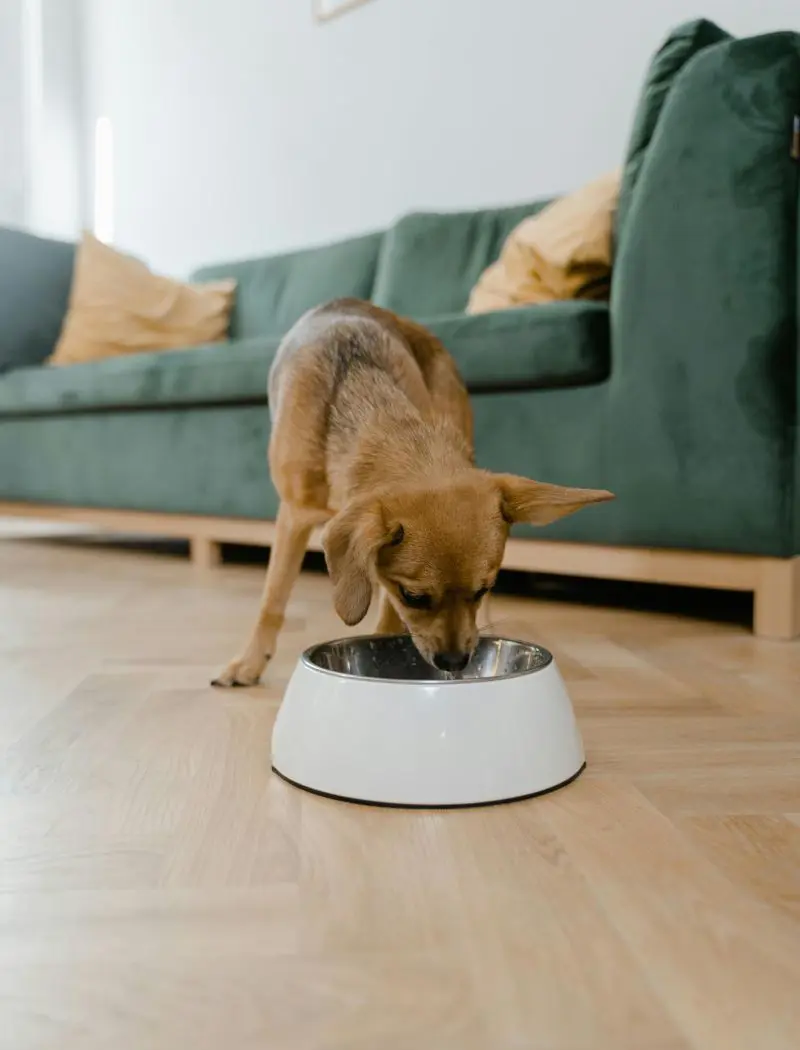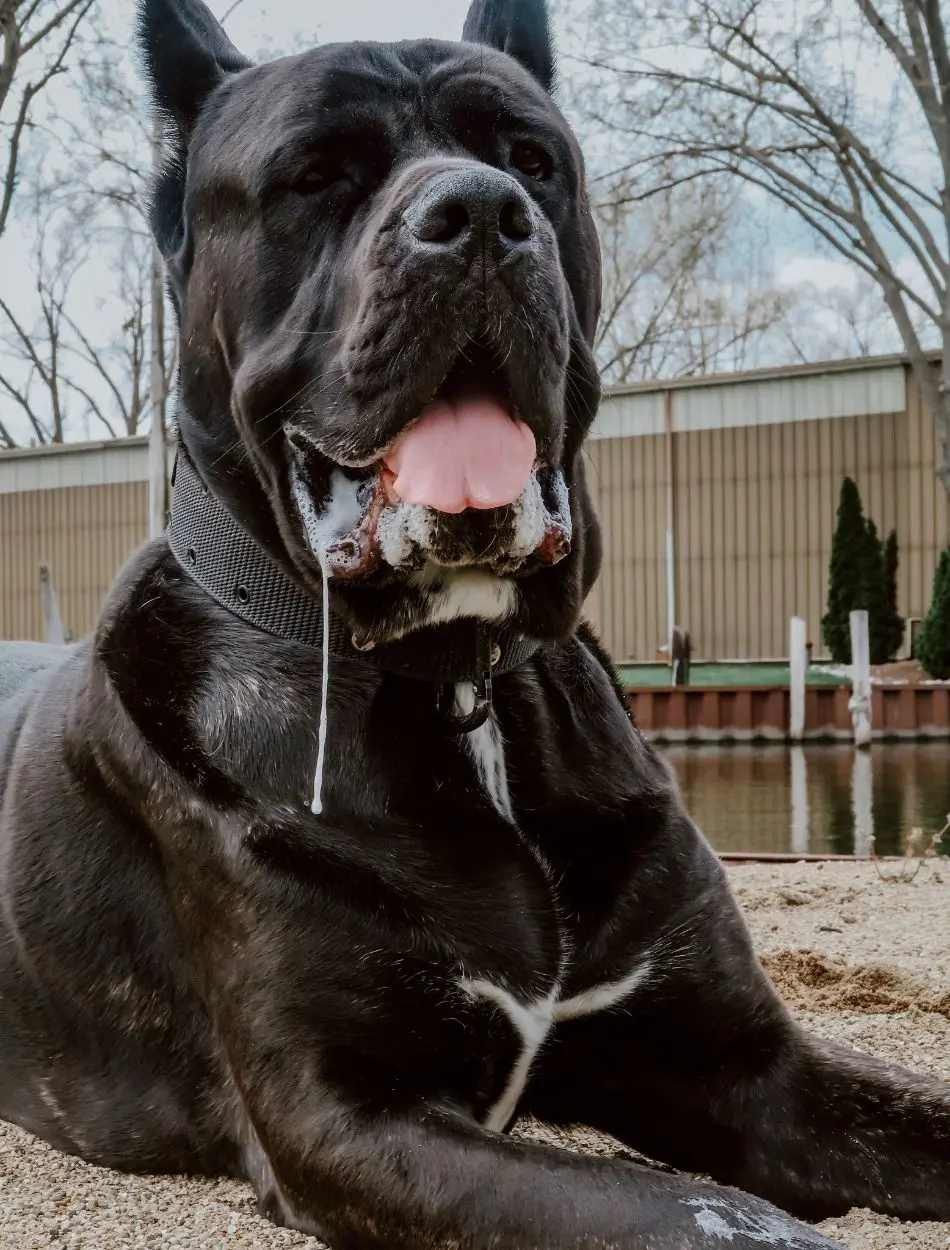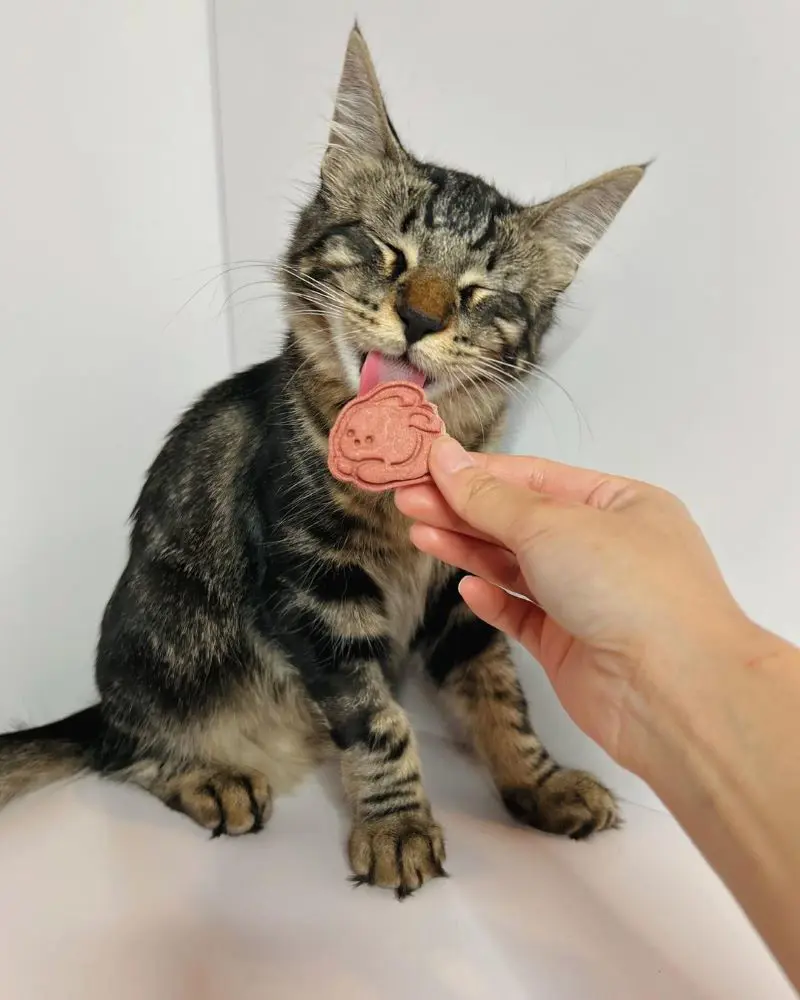18 Ways To Help A Dog Lose Weight

Dropping weight for a dog involves an organized approach to help a pet reach a healthier body weight, which can improve overall health and longevity. The process regularly begins with a consultation with a veterinarian to determine a proper weight loss goal and identify any underlying health issues contributing to obesity.
Key factors in a dog’s weight loss plan include a balanced diet, controlled portion sizes, and regular exercise. Portion control and monitoring of food intake are crucial to prevent overfeeding. Implementing proper strategies with care and attention will help your dog achieve and maintain a healthier weight, ultimately leading to a better quality of life.
1. Measuring Food Portion
Calculating the food section for your dog is a crucial step in managing their weight and overall health. Using an estimating cup ensures accurate portion sizes, preventing overfeeding and boosting a balanced diet.
Start by checking the feeding instructions on your dog’s food package or advisory with your veterinarian to determine the suitable daily amount for your dog's size, age, and activity level. Once you have the favored amount, use a standard quantifying cup to portion out your dog’s food. This simple tool helps you avoid the common mistake of estimating portion sizes, which can lead to unintentional overfeeding.
It's important to stick to the measured amount and not fill the bowl beyond the selected segment, even if your dog appears to be hungry.
2. Avoid Table Scraps
Preventing table crumbs is essential for supervising your dog's weight and overall health. Human food, often high in calories, fat, and salt, can contribute to weight gain and nutritional disparity in dogs.
Feeding your dog table leftovers can also create unhealthy eating habits and encourage begging behavior. To get rid of table scraps from your dog’s diet, start by being consistent with your household regulations. Inform all family members about the importance of not feeding the dog from the table or while cooking. Instead, provide dog-specific treats and snacks that are low in calories and distinctively pot together to meet your dog's nutritional needs.
Organizing an organized feeding schedule with measured portions of high-quality dog food and avoiding giving additional food between meals is essential.
3. Use Food Puzzles
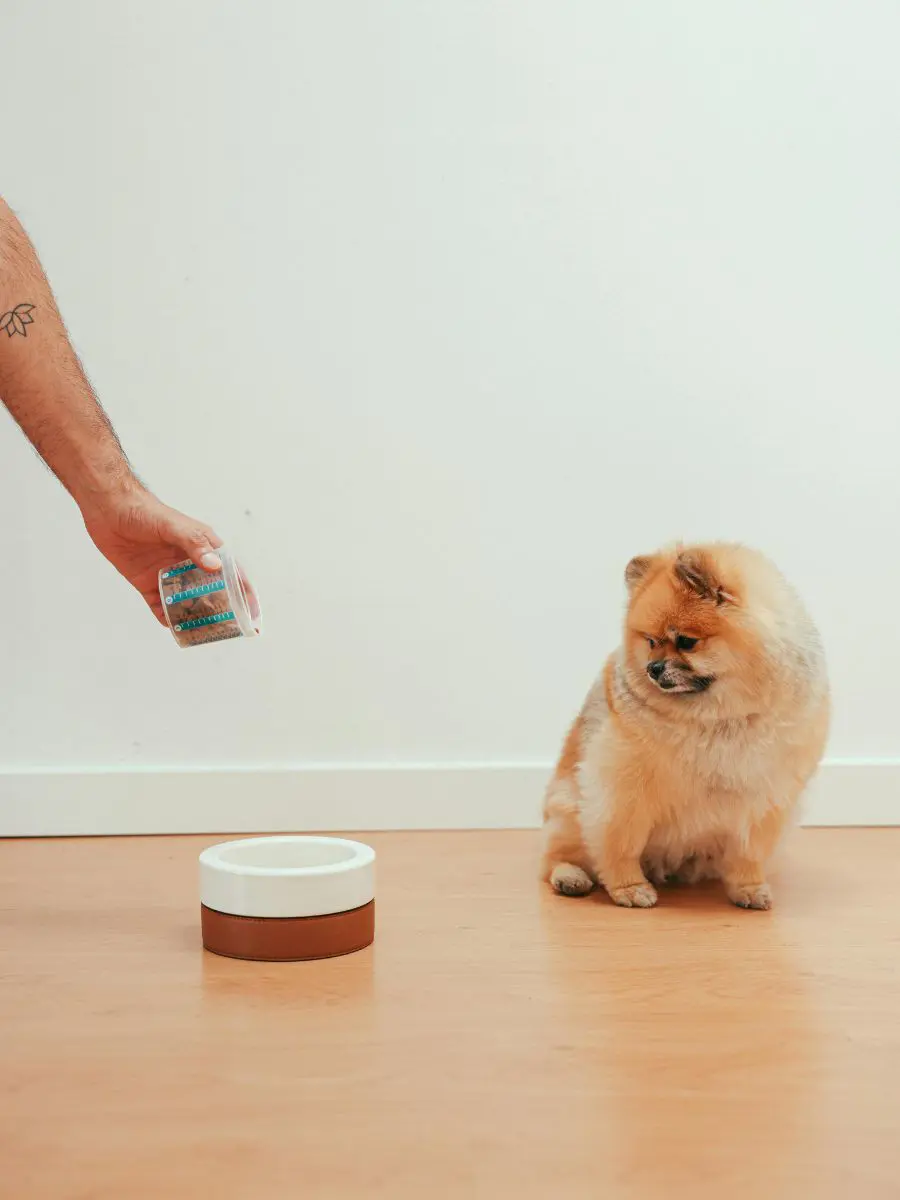
Utilizing food puzzles is an excellent way to enhance your dog’s eating experience, supporting weight management and mental inducement. Food-dispensing toys, such as Kongs or treat-dispensing balls, are designed to make your dog work for their food, which can help slow down eating and reduce overeating.
These puzzles require your dog to use their problem-solving skills to access the food inside, turning mealtime into an engaging activity. This not only slows the rate at which your dog eats but also prevents gulping, which can lead to digestive issues. Integrating food puzzles into your dog’s routine provides mental stimulation, which is essential for their overall well-being.
It helps relieve boredom and can reduce the chance of behavioral problems associated with a lack of improvement.
4. Incorporate Vegetables
Integrating vegetables into your dog’s diet is a great plan for advancing weight loss and overall health. Low-calorie veggies like carrots, green beans, and cucumber provide essential fiber and nutrients while keeping calorie intake in check.
These vegetables are not only nutritious but also help to increase the volume of your dog’s meals, which can make them feel fuller without adding many calories. Carrots are rich in vitamins A and C, as well as fiber, which can aid digestion and improve coat health. Green beans offer a similar fiber boost and are low in calories, making them an ideal choice for weight supersion.
To blend vegetables, start by mixing small amounts into your dog’s regular food, gradually increasing the quantity to ensure they adjust well.
5. Monitor Treats
Observing and managing treat utilization is crucial for maintaining your dog’s healthy weight and overall well-being. Treats can quickly add up to calories and contribute to weight gain if not managed properly.
To support weight loss and ensure a balanced diet, limit treats to no more than 10% of your dog’s daily caloric intake. Start by figuring out your dog’s total daily calorie needs based on their weight, age, and activity level, and then allocate no more than 10% of these calories for treats. Such as, if your dog requires 500 calories per day, treats should not exceed 50 calories.
Furthermore, use treats sparingly and consider using them as part of training sessions to strengthen positive behavior rather than giving them freely.
6. Increase Exercise
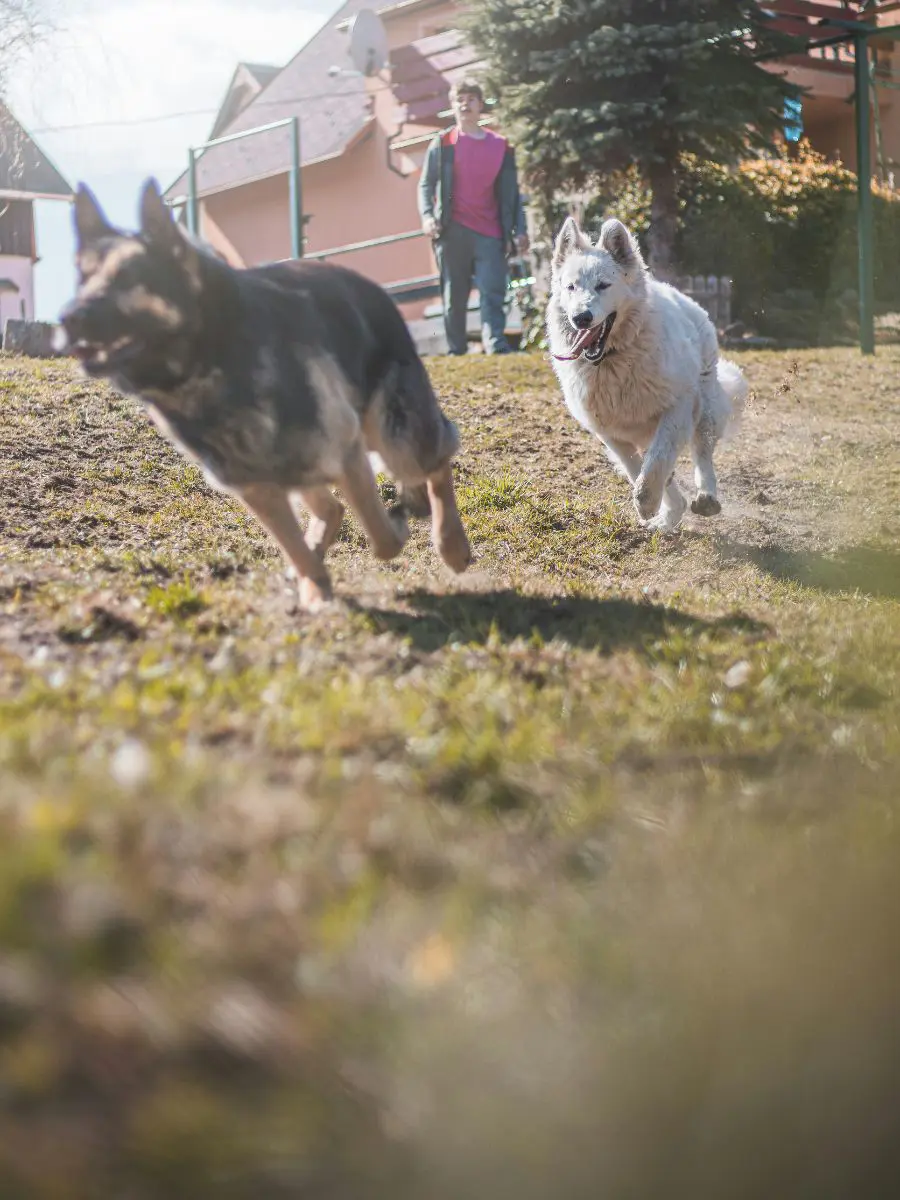
Improving your dog’s physical movement is a key element of a successful weight loss plan. Gradually including more actions helps burn calories, improves fitness, and supports overall health.
Start by evaluating your dog's current activity level and fitness to determine a safe and effective exercise plan. Begin with regular, moderate walks, slowly increasing the duration and power as your dog builds stamina. For instance, if you currently walk your dog for 15 minutes, extend this by 5 minutes each week until you reach a more substantial duration, like 30-45 minutes daily.
Integrating interactive playtime to add variety and fun to your dog’s exercise routine.
7. Feed Smaller, Frequent Meal
Feeding your dog smaller, more regular meals can be a successful plan for managing weight and keeping their digestion active. Instead of giving your dog one or two large meals per day, dividing their daily food intake into smaller, more frequent meals helps regulate hunger and maintain secure energy levels.
Start by breaking your dog’s total daily food section into three to four smaller meals. This approach can help prevent overeating and reduce the prospect of bloating, as smaller meals are easier to digest. Frequent feeding also keeps your dog’s metabolism engaged, which can aid in more orderly calorie burning and prevent excessive hunger.
When changing to more purposeful meals, use a consistent feeding schedule to help your dog adjust.
8. Avoid High-Calorie Chews
Evading high-calorie bites is crucial for directing your dog’s weight and overall health. Many trade chew toys and bones are calorie-dense and can present completely to your dog’s daily calorie intake, possibly destroying weight loss efforts.
Instead, opt for lower-calorie munch toys and bones. Look for options notably designed to be low in calories or those made from non-edible ingredients that won’t add extra calories to your dog’s diet. Rubber toys, durable nylon chews, and other non-food-based options can provide the same satisfying crunching experience without providing to calorie counts.
Avoid treats that are high in fats, sugars, or other calorie-rich elements.
9. Maintain Hydration
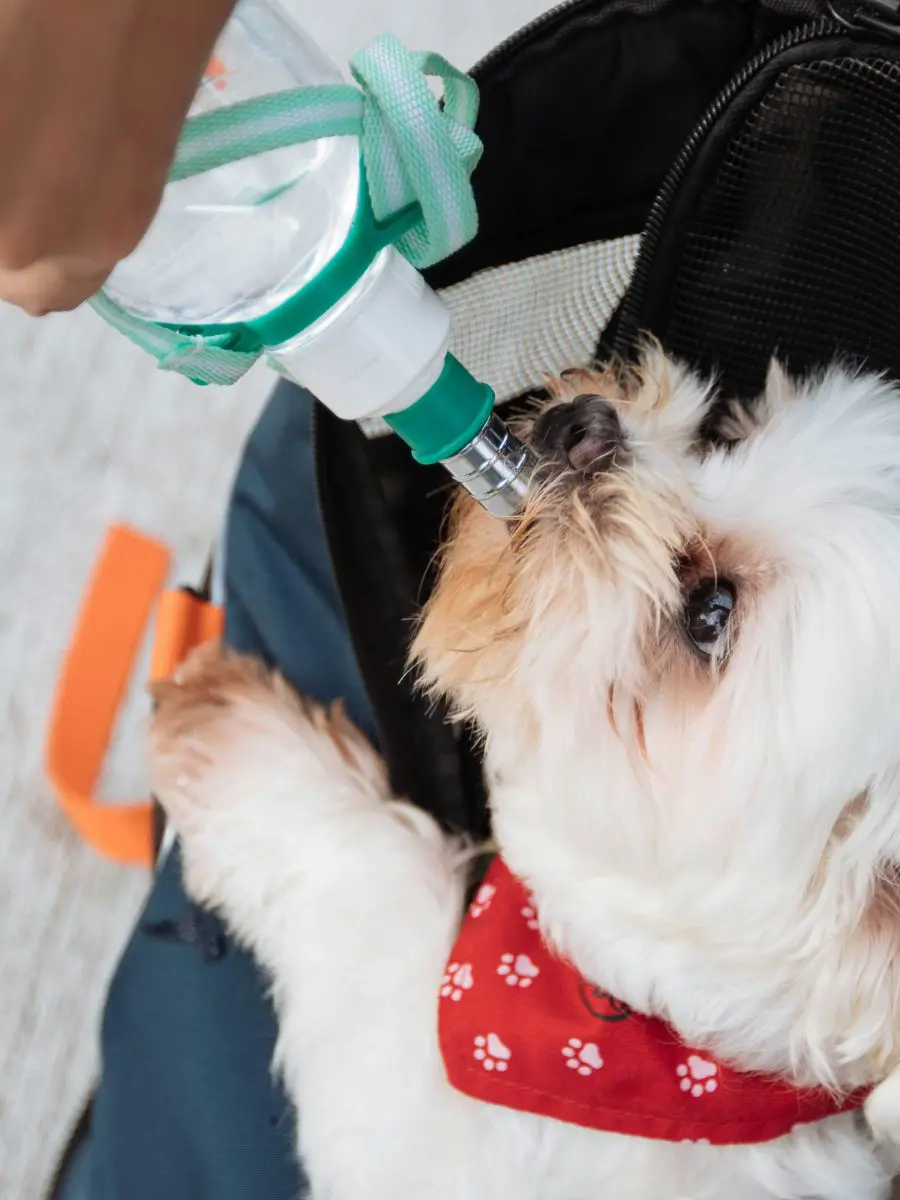
Keeping proper hydration is essential for your dog’s health and can remarkably support weight loss efforts. Securing that your dog always has access to fresh, clean water is a basic aspect of their well-being.
Water aids in various bodily functions, including digestion, metabolism, and the regulation of body temperature. Adequate hydration helps to keep your dog’s consumption operating perfectly, which can manify their ability to burn calories and support weight management. Sometimes, dogs may mistake thirst for hunger, leading to overeating.
Assuring they are well-hydrated can help prevent unwanted snacking and reduce overall calorie consumption.
10. Avoid High-Fat Foof
Evading high-fat foods is key to handling your dog’s weight and assisting overall health. Foods high in fat can contribute importantly to calorie intake, leading to weight gain and associated health problems like obesity, diabetes, and heart disease.
High-fat foods often provide excess calories without essential nutrients, which can sabotage weight control attempts. To prevent these issues, choose dog foods and treats specifically formulated to be low in fat. Look for options with balanced nutrient profiles, focusing on high-quality proteins and fiber while limiting fat content.
Moreover, to select proper dog food, avoid giving table scraps or human foods that are high in fat, such as fried foods, fatty meats, or processed snacks.
11. Use A Slow Feeder Bowl
Using a steady feeder dish is a productive approach to manage your dog’s eating pace and improve digestion. Easy feeder containers are specially designed with obstacles, ridges, or sections that require your dog to work around them to access their food.
This design moderates down the rate at which your dog eats, preventing them from gulping their meal too quickly. Additionally, fast eaters may not fully digest their food, which can reduce nutrient absorption and lead to weight gain as they may still feel hungry after eating quickly.
By using a slow feeder bowl, you promote more mindful eating and allow your dog’s digestive system to process food more effectively.
12. Monitoring Behavioral Changes
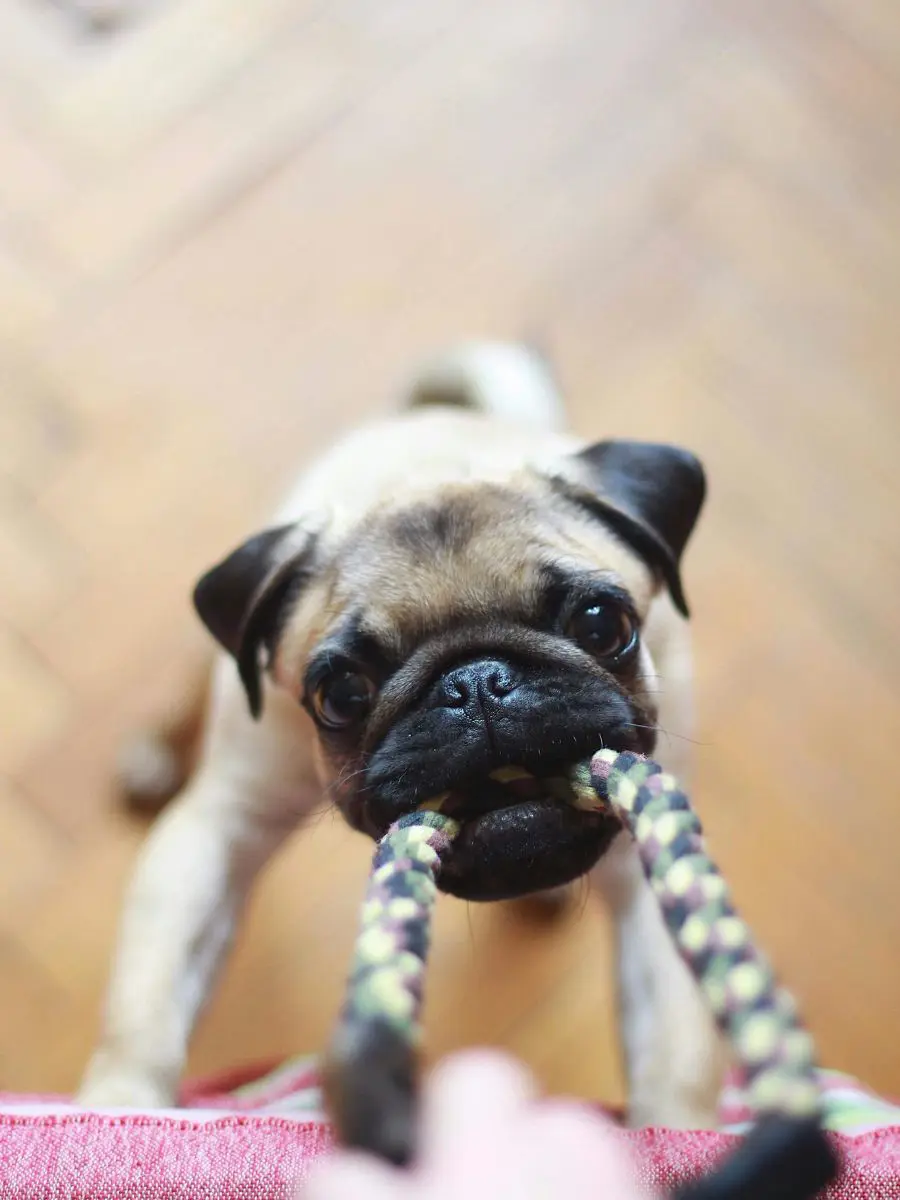
Observing your dog for social changes during weight loss is crucial to ensure its welfare and identify any potential irritation or health issues. Weight loss should be gradual and carefully managed to avoid stress on your dog’s body.
Sudden or drastic changes in weight can lead to various health concerns and behavioral shifts. Watch for signs such as decreased energy levels, lethargy, or reluctance to engage in usual activities. This could indicate that the weight loss is too rapid or that your dog is experiencing discomfort.
Behavioral changes, like increased irritability or removal, might be a response to hunger or discomfort.
13. Reduce Free Feeding
Decreasing unrestricted feeding and shifting to scheduled meal times is a crucial step in managing your dog’s weight and developing a healthier eating routine. Free feeding, where food is available to your dog at all times, can lead to overeating and difficulty in controlling calorie intake, as your dog may eat beyond their actual nutritional needs.
Scheduled feeding also allows you to monitor your dog’s appetite and adjust portions as needed based on their weight loss progress and overall health. It can also help begin a routine that benefits your dog’s digestive system, promoting better digestion and absorption of nutrients.
Gradually transition from free feeding to required meals by slowly minimizing the amount of time food is available and introducing specific meal times.
14. Offer Non-Food Reward
Offering non-food prizes is an excellent way to motivate and support positive behavior in your dog without adding extra calories to their diet. Non-food rewards can be effective and often provide extra benefits beyond just weight control.
Give your dog plenty of praise, petting, and cuddles. Positive attention and affection can be very rewarding for many dogs. Offer a new or favorite toy as a reward. Interactive toys or chew toys can be particularly stimulating and enjoyable.
Offer a relaxing grooming session, including brushing or a bath. Many dogs enjoy the attention and care. Arrange playdates with other friendly dogs or visits to the dog park. Social interactions can be very rewarding.
15. Consult A Veterinarian
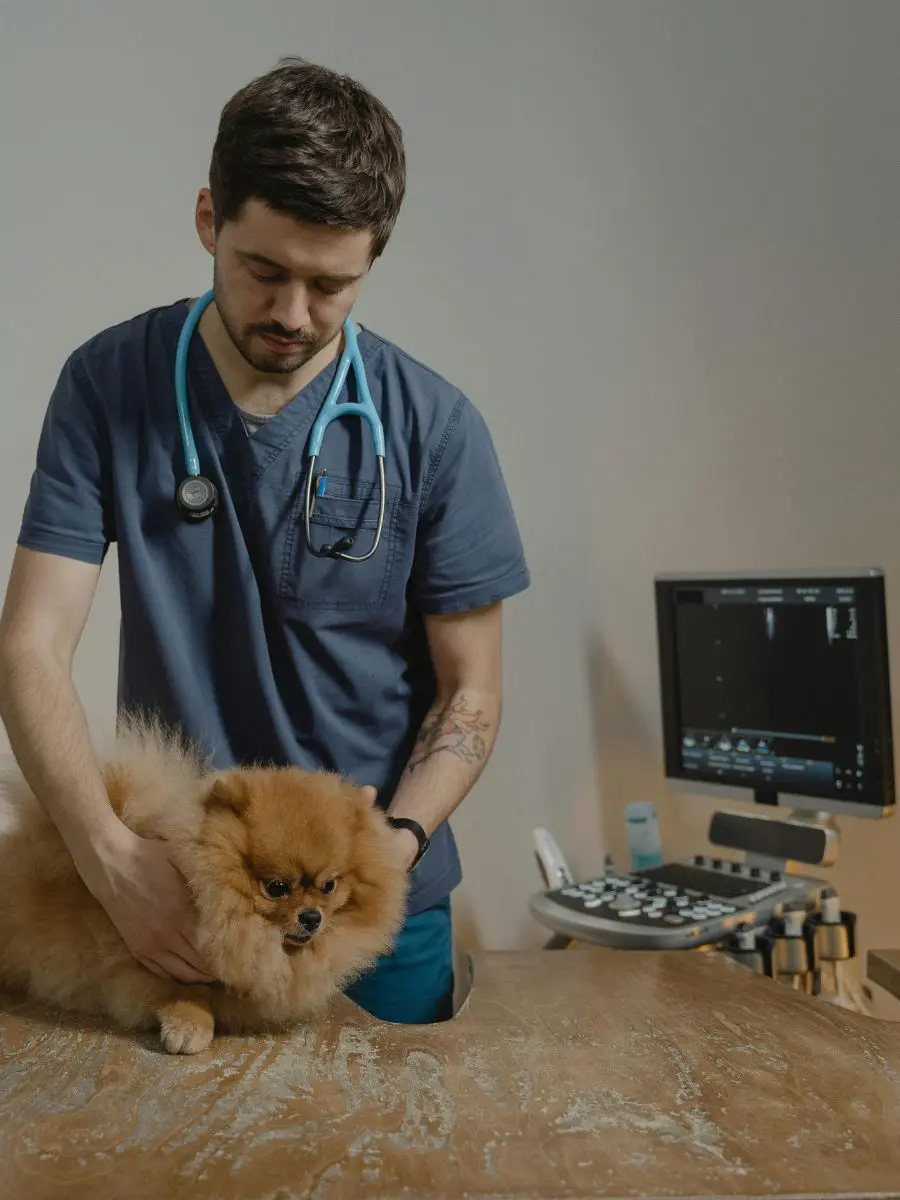
Counseling a veterinarian before starting any weight loss plan for your dog is vital for assuring a safe and effective approach. Professional analysis helps pinpoint any underlying health issues that could be advancing to weight gain or might be struck by weight loss.
Conditions such as hypothyroidism, diabetes, or joint problems can affect a dog's ability to lose weight and may require certain management strategies.The vet will also provide guidance on creating a balanced diet plan and appropriate exercise approach.
This personalized plan ensures that your dog loses weight gradually and safely, minimizing health risks and supporting overall well-being.
16. Engage in Structured Activities
Engaging in organized movements, such as obedience classes or clever training, is an excellent way to provide both physical exercise and mental stimulation for your dog. These activities offer an accurate environment where your dog can learn new skills, stay active, and enjoy social interactions.
Compliance classes teach essential commands and improve behavior, providing mental incentive and bracing positive actions. Regular practice of commands like sitting, staying, and heels helps keep your dog’s mind engaged and promotes discipline.
Further, obedience classes offer association opportunities with other dogs and people, which can be beneficial for behavioral development.
17. Track Progess
Tracing your dog’s improvement is essential for productive weight control and ensuring their overall health. Regular weigh-ins help you monitor weight loss, assess the effectiveness of the weight loss plan, and make the necessary adjustments to achieve your dog's health goals.
Start by establishing a consistent schedule for weigh-ins, ideally every 2-4 weeks. This incidence allows you to track changes in weight over time without being too reactive to minor shifts. Use a reliable scale, and if possible, weigh your dog at the same time of day and under similar conditions to ensure accuracy.
Record each weight measurement to observe trends and determine if your dog is losing weight at a healthy rate.
18. Be Patient And Consistent
Weight loss in dogs is a gradual process that requires endurance and stability. It’s important to understand that achieving a healthy weight is not an overnight task but a steady journey that involves careful supervision of diet and exercise.
Patience is key. Weight loss should be gradual, typically 1-2% body weights per week to ensure your dog’s health and avoid potential complications. Consistency is equally crucial. Adhere to the established diet plan and exercise routine, making sure to measure food portions accurately and provide regular, moderate exercise.
By maintaining a patient and consistent approach, you create a stable environment that promotes healthy weight loss.
Recent posts
Dogs
Why Is My Dog Panting? 18 Reasons For Breathing Fast
Dog owners, those in tune with their pets, can often notice a change in their companion’s behavior. When unwell or scared, some dogs hide while others seek solitude. Similarly, panting is a normal sign of tiredness or lethargy, but can also imp...
10 Reasons Behind Dogs Chewing And Licking Their Paws
Some of the most harmless behaviors dogs depict are chewing on their paws. But if this obsession catches onto your pup, well, that raises a couple of curious eyebrows. Your dog's tendency towards chewing and licking can affect general health and well...
18 Reasons Why Your Dog Is Not Eating
A skipped meal here or there is normal, but your dog consistently refusing food is the cause of concern. The reasons range from dietary issues to more serious health conditions and behavioral issues. The dog may be a picky eater or there might be som...
17 Causes Of Seizures In Dogs
Don't dismiss your pet dog's uncontrolled twitching movements as harmless shivering - you may be bearing witness to the classic signs of a seizure. These sudden and involuntary electrical disturbances can drastically impact a dog's health and even ch...
18 Reasons Why Your Dog Is Drooling So Much
While drooling in dogs is perfectly normal in certain situations, excessive or continued drooling may hint at a more serious issue that requires attention. Once you know the probable causes of this drooling in your dog, you can take some necessary st...
18 Reasons On Why Is My Dog Limping
A dog limping can be a cause of concern and cause stress to owners. It is not normal dog behavior and can be a sign of health problems in dogs. Understanding why your dog is limping is important to cure this problem. This article discusses 18 reasons...


